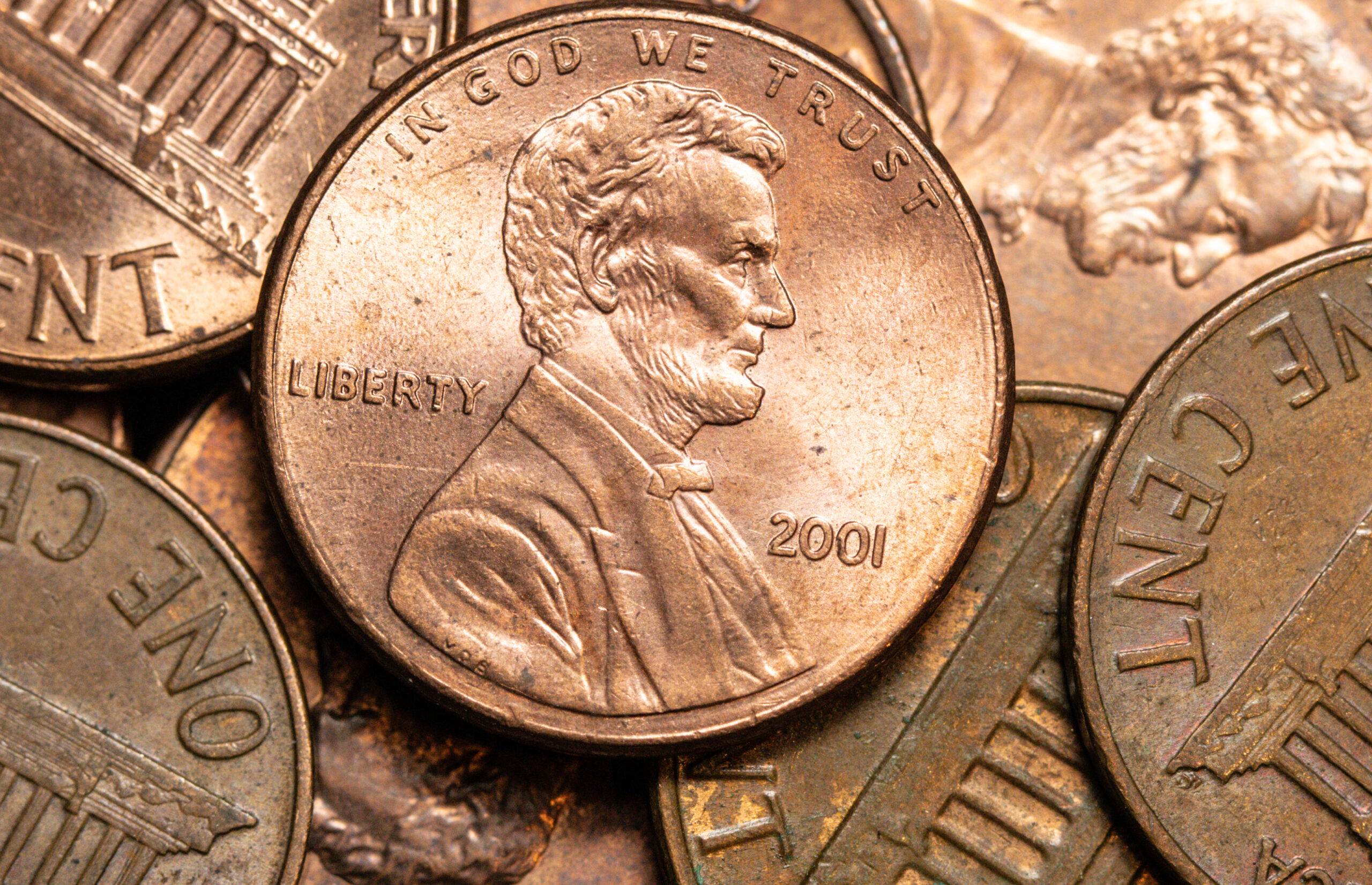The historic coin’s demise is seen by some as a prophetic moment.
WASHINGTON, D.C. — After more than two centuries of use, the United States will officially stop minting the penny in 2026, bringing an end to a coin that has long outlived its economic utility. The decision, announced by the U.S. Mint and supported by the Treasury Department, comes amid growing concerns over rising production costs and the changing nature of financial transactions in the digital age.
The penny—first authorized in 1792 and produced in its original large copper form in 1787—has become increasingly obsolete. Today’s penny is a small, copper-plated zinc coin, but inflation has eroded its value to the point of near irrelevance. In 2024, the cost of minting a single penny reached 3.69 cents, and with over 6.3 billion pennies produced annually, the U.S. government has been losing an estimated $110 million each year on production alone.
Compounding the problem is the inefficient role pennies play in modern commerce. They are rarely accepted in vending machines or toll booths, and businesses often view them as a nuisance due to the time and labor required to handle and transport them. According to the U.S. Mint, nearly half of all coins it produces are pennies—requiring armored trucks, bank processing, and retail labor for a coin worth just one cent. Most pennies end up forgotten in jars or discarded entirely.
The move to end production came after President Donald Trump announced in February that he had instructed Treasury Secretary Scott Bessent to halt new penny manufacturing as a cost-saving measure. Though final authority rests with Congress, a Treasury spokesperson confirmed in May that the Mint had placed its last order for penny blanks and would cease production once the supply is exhausted.
The Mint anticipates an immediate annual savings of $56 million by ending penny production. The coin will remain legal tender indefinitely, though it will gradually disappear from circulation as coins are lost or removed over time.
The U.S. penny becomes the 12th denomination to be retired in American history, joining coins like the half-cent, 2-cent, 3-cent “trime”, and the 20-cent piece—all reminders of bygone monetary eras.
A Global Trend Toward Coin Elimination
The United States is not alone. Many countries have already phased out low-value coins:
- Canada stopped minting its penny in 2012 and withdrew it from circulation in 2013. Transactions are rounded to the nearest five cents in cash, though electronic payments remain exact.
- Australia ended its 1- and 2-cent coins in 1992.
- New Zealand phased out its smallest coins between 1990 and 2006.
- Indonesia, Mexico, and other nations have also reduced coin production or eliminated low-denomination currency due to metal costs and inflation.
Some countries, such as New Zealand, have declared these coins no longer legal tender, while others, including Australia, allow them to remain so indefinitely.
The demise of the penny raises broader questions about the future of physical currency altogether. With the rise of digital wallets, contactless payment, and mobile banking, many experts predict that cash transactions may soon become the exception rather than the norm.
Still, coins and bills remain critical in specific sectors and among vulnerable populations. Policymakers have been cautious about eliminating cash, given its importance for privacy, accessibility, and resilience in times of crisis or cyber disruption.
Yet the trajectory is clear: as electronic payments become more universal and digital currencies emerge, the infrastructure to support coins—especially low-value ones—becomes harder to justify.
It is interesting to note that a cashless society, and more specifically a “penniless” economy, conforms to a prediction in the Talmud (Sanhedrin 97a) about the conditions preceding the appearance of the Messiah. The Talmud writes, “The Messiah will not come until the peruta will cease from the purse.” A prutah is an ancient small bronze coin from the Second Temple period in Israel, historically valued for its low denomination. A loaf of bread in ancient times was worth about 10 prutot.
Rabbi Ken Spiro, a historian and Senior Lecturer and Researcher for Aish HaTorah Yeshiva, discusses the Final Redemption from a historian’s perspective on his podcast Remember What’s Next.
In several places, the Mishnah and Talmud describe what will be in the world before Mashiach,” Rabbi Spiro notes. “The talmud describes a lack of even the smallest denomination. In the Mishnah, it describes hyper-inflation.”
He cites the last Mishna in Sota.
“Although the vine shall bring forth its fruit, wine will nevertheless be expensive. And the monarchy shall turn to heresy, and there will be no one to give reproof about this.”
One commentary explains that despite relatively normal prices, people will not have any savings to buy food.
“There’ll be abundance, yet prices will go up, something that’s counterintuitive,” Rabbi Spiro explained. “This is a crisis that comes from bad governance and the breakdown of society. Hypereinflation happens when you don’t have a monetary policy that impacts the value of goods. Usually, surplus means prices are lowered. We are seeing the opposite in the US and other places around the world.”
Rabbi Spiro emphasized the prophetic nature of the descriptions in the Talmud and Mishna.
“Hyper-inflation, food being too expensive despite plenty, these were unthinkable,” Rabbi Spiro emphasized. “Lack of the smallest coin was as well. There could be no commerce without coinage, something we do regularly today.”

